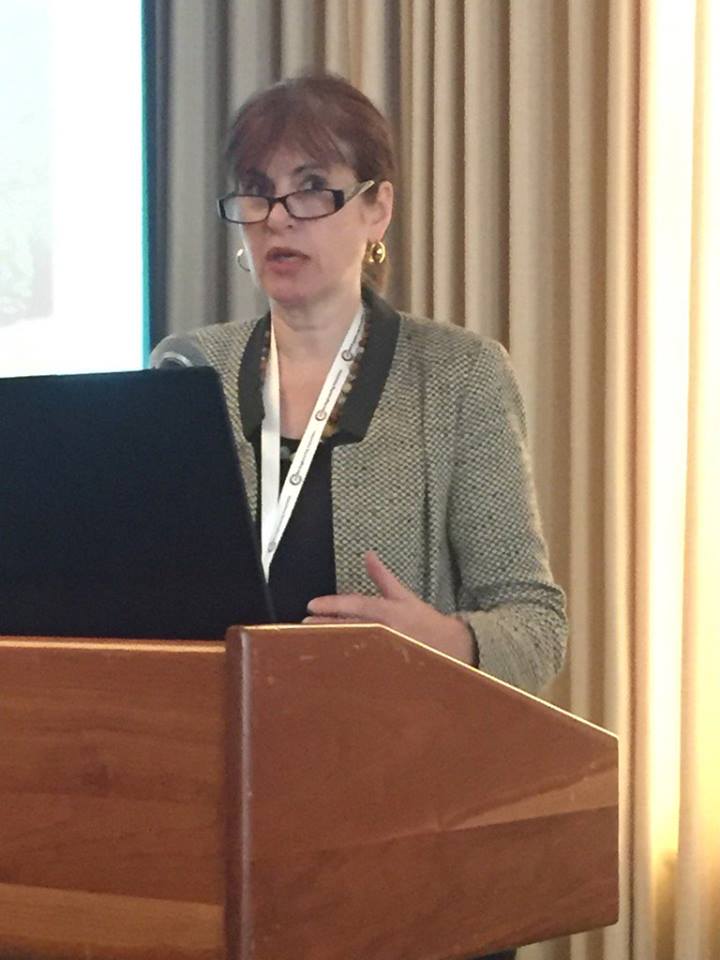After 3 successful microgrid conferences in Mexico, Spain, and Australia, HOMER Energy hosted its fourth annual international microgrid conference at Columbia University in New York November 7-8. TheHOMER microgrid conference was attended by 150 people from the microgrid sector, including representatives of the World Bank, Earth Spark, United Nations, Shell Foundation, Rocky Mountain Institute, and many other organizations.
Keynote topic: regulatory issues from NY to the developing world
 The conference opened with Audrey Zibelman, Chair of the NY Public Service Commission, speaking about New York’s “Reforming the Energy Vision” program. The discussions quickly progressed from projects in New York to developing regions in the world. Emily Chessin from Meister Consultants Group spoke about how the lack of a regulatory framework for microgrids in Emerging Economies was a bottleneck to its development. As countries like India and other developing regions open up their markets for microgrid, they face the challenges caused by the lack of common framework, language, and decision-making tools.
The conference opened with Audrey Zibelman, Chair of the NY Public Service Commission, speaking about New York’s “Reforming the Energy Vision” program. The discussions quickly progressed from projects in New York to developing regions in the world. Emily Chessin from Meister Consultants Group spoke about how the lack of a regulatory framework for microgrids in Emerging Economies was a bottleneck to its development. As countries like India and other developing regions open up their markets for microgrid, they face the challenges caused by the lack of common framework, language, and decision-making tools.
Dr. Peter Lilienthal, CEO of HOMER Energy, drew upon his decades of experience in the microgrid sector to speak about the lessons he and his team at HOMER have learned in the global market. HOMER Pro, the microgrid modeling tool, has been very useful in allowing people to evaluate the various choices they face in a microgrid project.
Presentations included case study on rural microgrid theft
Among the interesting case studies presented during the conference was “Smart Meter Data Analysis as a Tool for Diagnosing Theft on Rural Microgrids” by Dr. Daniel Schnitzer from Spark Meter. Schnitzer spoke about the microgrid project in Haiti set up by EarthSpark and how electricity theft was making their operation unsustainable. Manual interventions and trying to enforce legal penalties did not seem to discourage the thefts. SparkMeter came up with a unique solution to this problem, by inventing a “totalizer” meter to be installed on each of the 10 microgrid sub-networks fed by step-down transformers. Readings from these meters were used to compare the total energy consumed on each sub-network to the sum of customer consumption. The difference between the two figures revealed the total loss on the sub-network, including technical and non-technical losses. This solution made it easy for EarthSpark to identify customers who are involved and smoothly enforce guidelines.
Richenda Van Leeuwen, the former head of Energy Access, United Nations Foundation, took messages from the audience for the Marrakesh Climate Change Conference. Gregory Rosen from Power Hive conveyed the message that “Microgrids are the most economical and sustainable choice for rural developing regions.”
Joint efforts are key to success in microgrid industry
This conference provided a space for government officials, consultants, entrepreneurs, and venture capitalists to interact and learn from each other about the microgrid market. As Dr. Marilyn Walker, COO of HOMER Energy, stated: “There will be a time when all of us in this room are going to be competitors in the microgrid space. But for now, we all need to work together to establish and lay the foundations of this industry and to move towards building a more sustainable world.”
